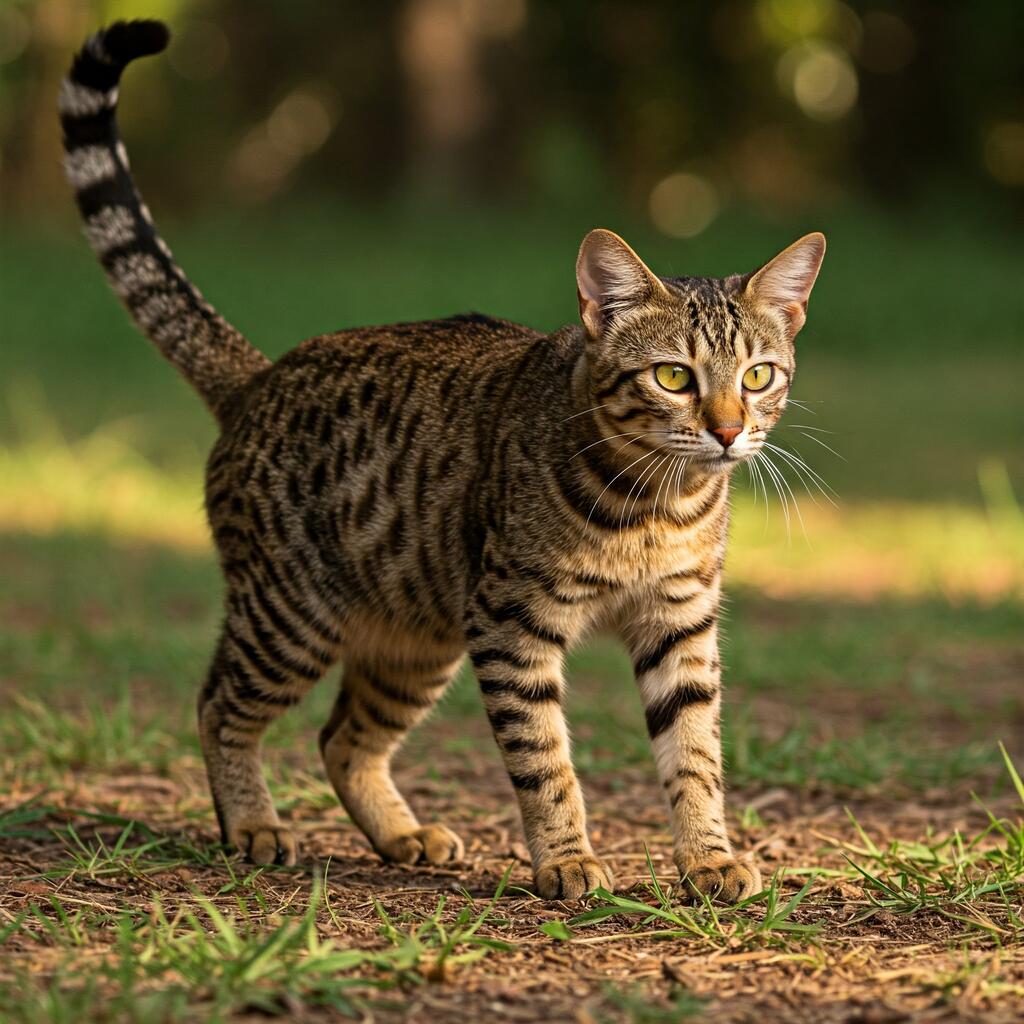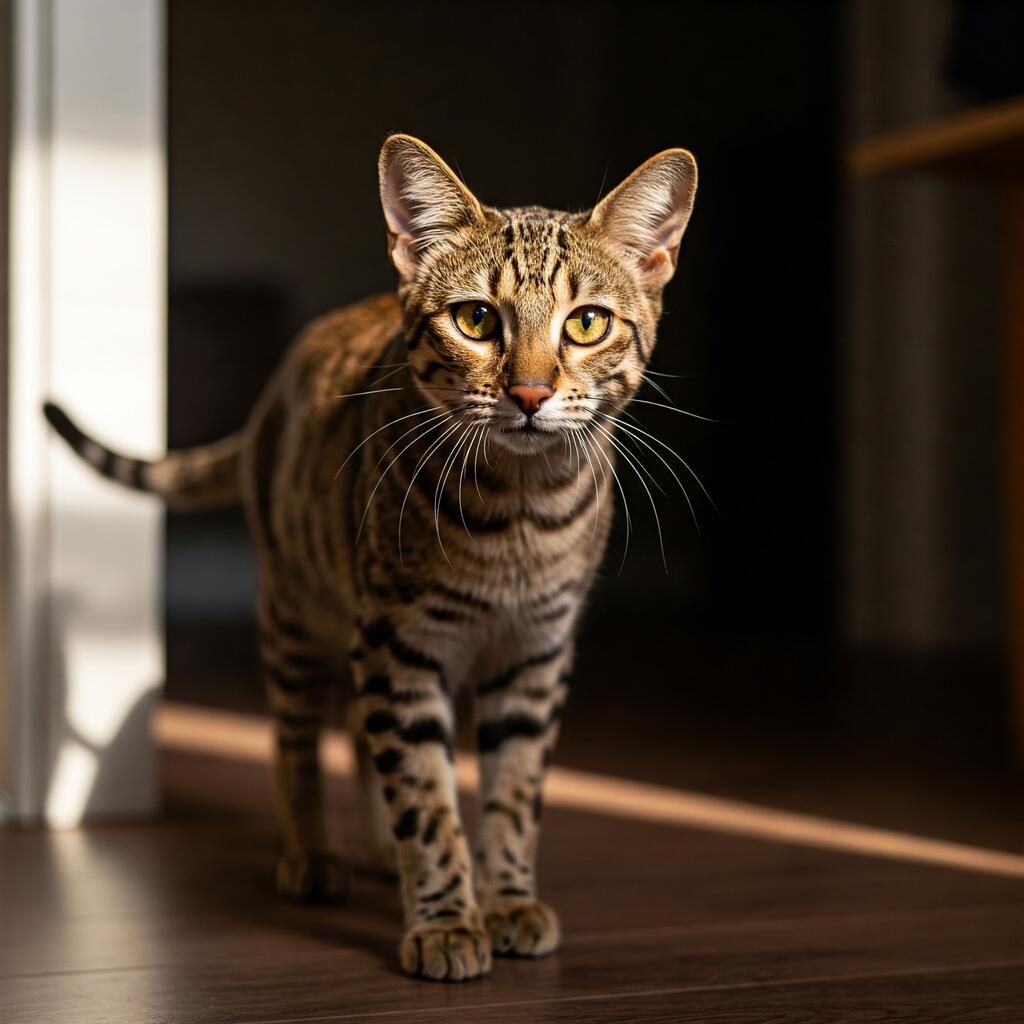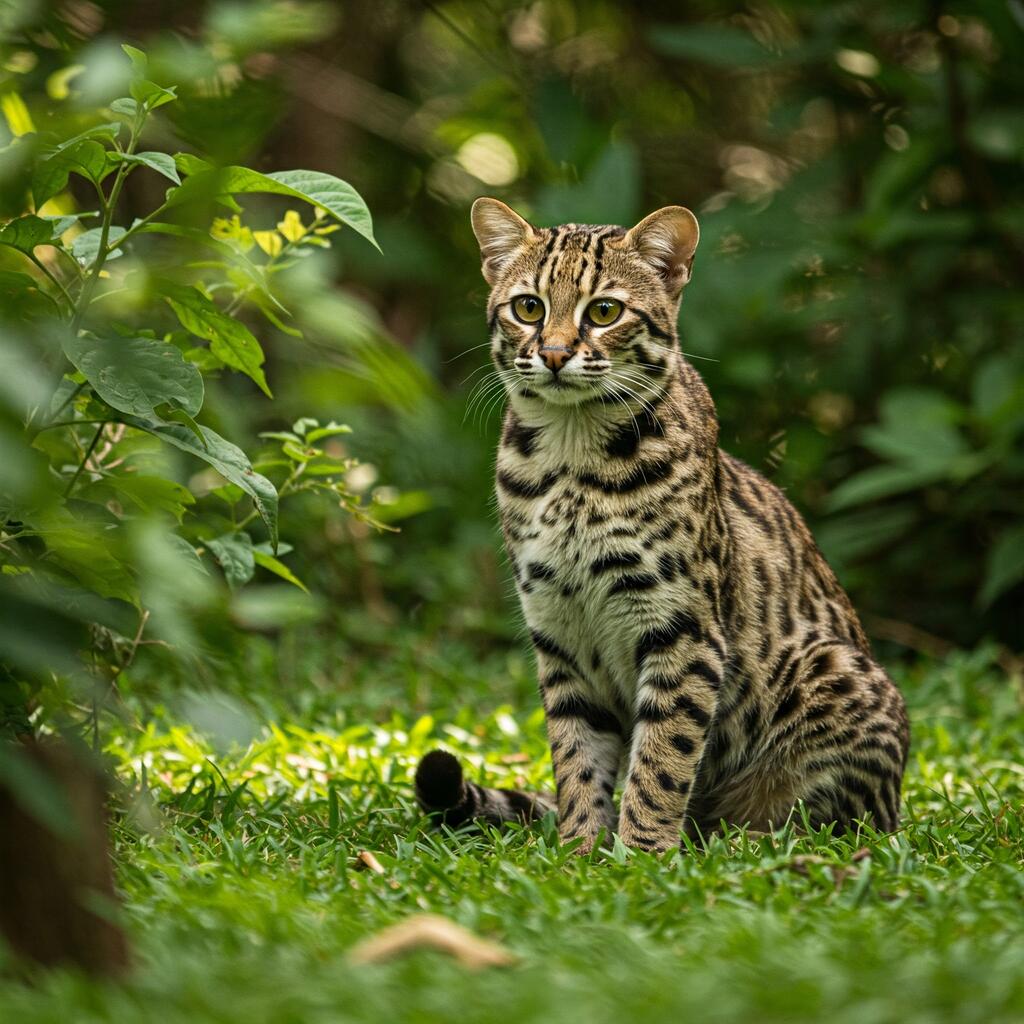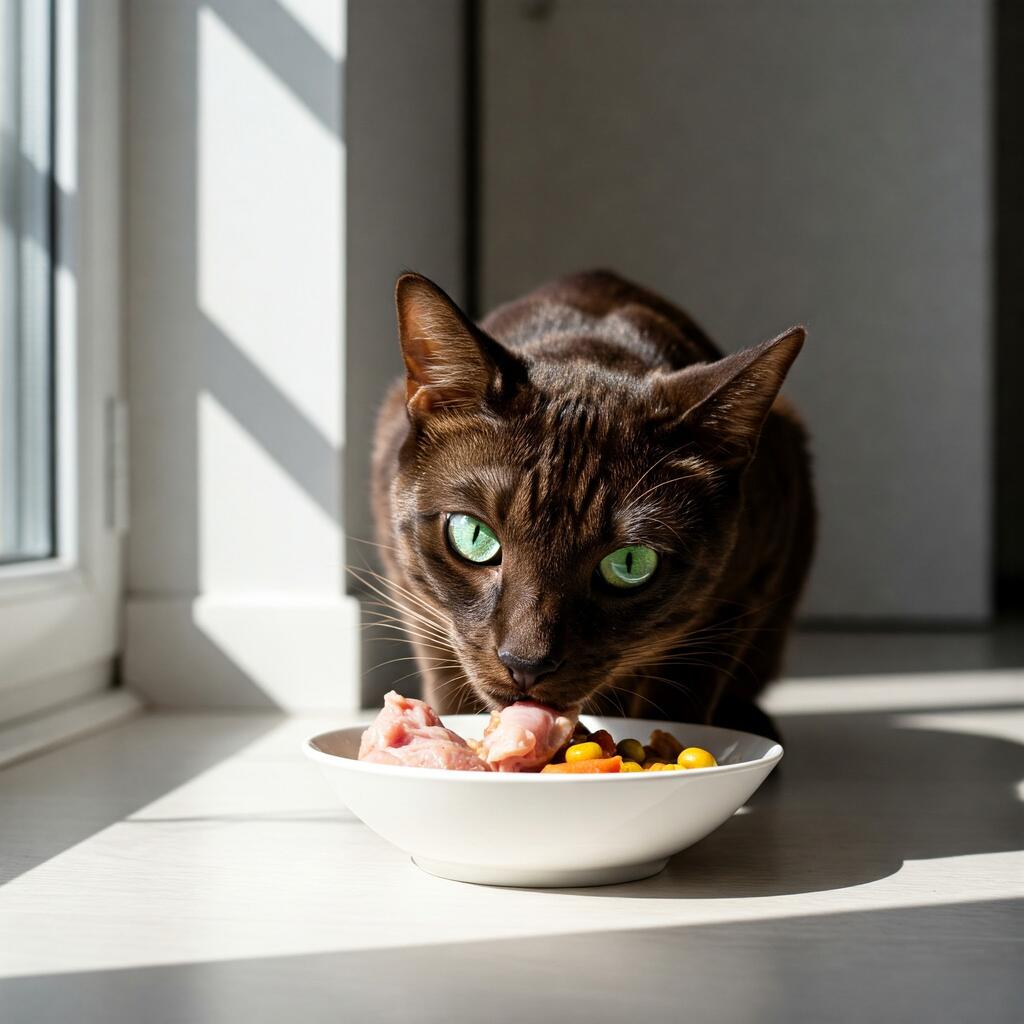
Exploring the Wild Look of the Sokoke Domestic Cat
The Sokoke Cat is native to Kenya and is a very rare cat. It owes its name to an Englishwoman living in Kenya, Jeni Slater, who found, at the edge of the Sokoke forest, a cat with her kittens. She took them in to breed them. A Danish friend of hers then brought a couple of these cats to Denmark where she started a breeding farm.
In Kenya it is called Khadzonzo which means tree bark because of the coat of this cat which is mottled and very similar to tree bark.
It is thought that in Kenya this cat has been around for many centuries; it lived in the trees in its natural state feeding on insects. Currently, Sokoke are very rare and are imported from Kenya to avoid inbreeding. In addition to Denmark, this breed is bred in the United States, Canada and Norway.
Character of the Sokoke Cat

It is of a somewhat wild nature, which is why it adapts to living with other cats or with a dog, only if it is accustomed to it from puppyhood. If given the chance, he does not hesitate to dive in to catch a fish. He is intelligent and cunning and learns very easily.
His somewhat wild nature leads him to be out of the house for many hours a day and his curiosity would lead him to stray far away, so he is a cat that should be kept in a safe garden to avoid losing him and at the same time cannot be kept alone in a flat.
This dynamic specimen is not the ideal cat for a calm or elderly person, as it needs to be physically stimulated and to release energy.
Appearance of the Sokoke Cat

The head is small in relation to the body, is wedge-shaped, with a straight nose, leading to a firm chin. The ears are not very large and rounded at the top. The eyes are large, slightly almond-shaped and vary in colour from light green to amber.
The coat is very short and thin, almost without undercoat, shiny and adherent to the body. In terms of colour and pattern, its fur is very distinctive. Brown in colour with characteristic black tabby markings. It truly resembles the bark of a tree.
Care and health of the Sokoke cat

As far as the care of its coat is concerned, this cat needs no special care. It does not lose much hair, being almost without undercoat with the exception of the moulting period, so for shine it is sufficient to brush it a couple of times a week and polish the coat with a buckskin cloth. It is also necessary every now and then to clean the ears with a specific product and trim the nails with special clippers.
Finally, the diet does not require any special attention, but as this cat has a large appetite, it is necessary to ensure that it takes exercise to avoid becoming overweight. It prefers meat, of which it is a glutton, but both fresh and dry food can be used.






















